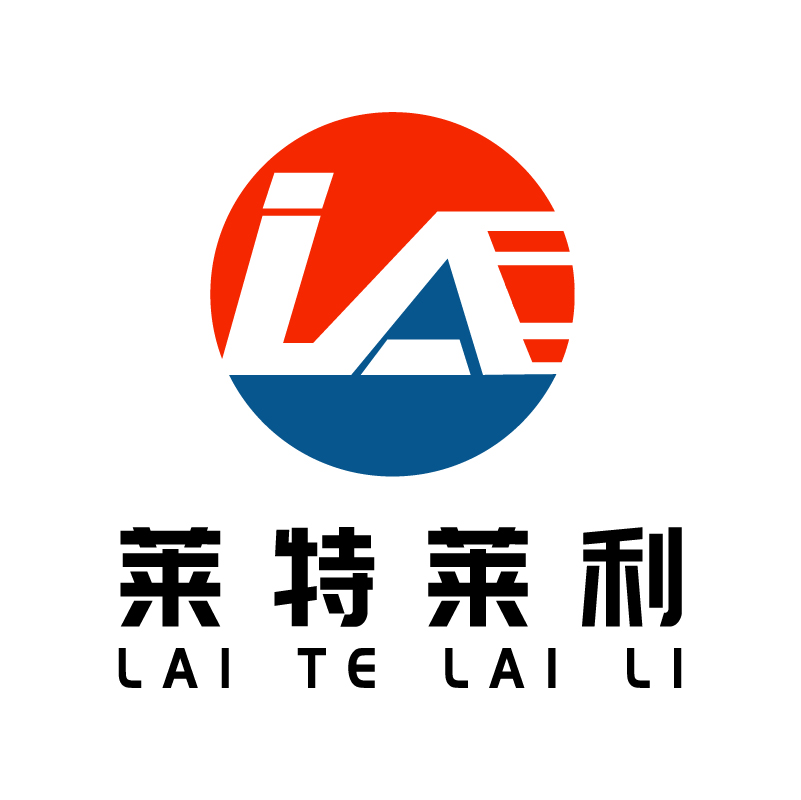What is the impact of the international trade environment on the import and export of carbon belts?
The impact of the international trade environment on the import and export of carbon belt is multifaceted. The following is a detailed analysis from several aspects such as market demand, policies and regulations, technical barriers and standards, and international trade situation:
First, market demand
1.Global economic growth: The growth of the global economy and the increase in trade activities usually promote the development of logistics, retail, manufacturing and other fields, which in turn increases the demand for printing consumables such as carbon strips for barcode printers. Therefore, the prosperity of the international trade environment directly affects the market demand for carbon belts.
2.Regional differences: The demand for carbon belts may vary from region to region. For example, the Asia-Pacific region is one of the major markets for the carbon belt due to its large manufacturing and logistics industries. Developed countries such as Europe and the United States may pay more attention to the environmental performance and technical standards of products.
Second,Policies and regulations
1.Trade policy: The trade policies of national governments have a direct impact on the import and export of carbon belts. Trade barriers such as tariffs, quotas and anti-dumping measures may increase the import and export costs of carbon belts and affect market competitiveness. At the same time, the signing and implementation of free trade agreements will help reduce trade barriers and promote the free circulation of carbon belts.
2.Environmental regulations: With the increase of global environmental awareness, more and more countries have begun to implement strict environmental regulations. These regulations may require printing consumables such as carbon strips to meet specific environmental standards, such as degradability and low volatile organic compound (VOCs) emissions. This will put new requirements on the production and import and export of carbon belts.
Third,Technical barriers and standards
1.Technical standards: Technical barriers prevalent in international trade can pose challenges to the import and export of carbon belts. Some countries may restrict access to their markets by setting strict technical standards and certification requirements for products with low technical content or that do not meet their standards. Carbon belt enterprises need to continuously improve the technical level and quality of products to meet the requirements of importing countries.
2.Carbon labeling and low-carbon certification: With the development of low-carbon economy, carbon labeling and low-carbon certification have become a new trend in international trade. Some importing countries may require carbon belt products to carry carbon labels or obtain low carbon certification in order to enter their markets. This will encourage carbon belt enterprises to strengthen environmental technology research and development and product innovation to meet market demand.
Fourth,International trade situation
1.Trade protectionism: The rise of trade protectionism in recent years has had a certain impact on the international trade environment. Trade protectionist policies may lead to increased trade barriers and intensified trade frictions, which in turn affect the import and export of carbon belts.
2.Carbon tariff mechanism: With the increasing urgency of global climate governance, carbon tariff has become a new field of international game. The EU Carbon Border Adjustment Mechanism (CBAM) has come into effect, and the United States, Canada, Japan and other countries are also studying the launch of similar mechanisms. The implementation of carbon tariffs may have a direct cost impact on the export of high-carbon industries, promote the restructuring of the global industrial chain, and affect the international competitiveness of carbon belt and other products.
Fifth,Coping strategies
1.Improve product quality and technical level: carbon belt enterprises should increase investment in research and development, improve product technical level and quality to meet market demand and the technical standards of importing countries.
2.Strengthen environmental protection technology research and development: actively respond to the requirements of environmental protection regulations, strengthen environmental protection technology research and development and product innovation in line with the development trend of low-carbon economy.
3.Expand diversified markets: Reduce the risk of dependence on a single market by expanding diversified markets to diversify risks and improve market competitiveness.
4.Pay close attention to the dynamics of international trade policy: Pay close attention to the dynamics of international trade policy and timely adjust business strategies and market layout to deal with potential trade barriers and challenges.
To sum up, the impact of the international trade environment on the import and export of carbon belt is multifaceted and complex. Carbon belt enterprises need to pay close attention to the changes in market demand, the dynamics of policies and regulations, the development of technical barriers and standards, and the changing trend of international trade situation and other factors in order to timely adjust business strategies and market layout to meet the challenges and opportunities of the international trade environment.


